73 years ago, on May 6, 1951, President Ho Chi Minh signed Decree No. 15/SL establishing the State Bank of Vietnam, laying the foundation for the formation, construction and development of the Vietnamese banking system today. In September 1951, the Thai Binh Provincial Party Committee decided to establish the National Bank Agency of Thai Binh Province, on the basis of receiving two organizations "Production Credit Company" and "National Treasury", later changed to the National Bank Branch of Thai Binh Province, then the State Bank Branch of Thai Binh Province, now the State Bank Thai Binh Branch. During the 73-year journey of construction, innovation and development, despite many difficulties and challenges, the banking sector of Thai Binh has always maintained its vital role in the economy, leaving many important marks, making positive contributions to the socio-economic development of the province and the country.
Transaction activities at Joint Stock Commercial Bank for Foreign Trade of Vietnam, Thai Binh Branch.
Glorious tradition
In the early days of its establishment, the banking system of the whole country in general, and Thai Binh province in particular, had to face many difficulties and challenges, due to a backward, self-sufficient, small-scale agricultural economy, a small, fragmented and divided market, dominated by war; large budget deficits, rising inflation, and a large economic imbalance. Under the leadership of the Party and the direction of the Government, the banking sector has overcome all difficulties and challenges, increasingly asserting its important role and position, actively contributing to the victory of the two long-term resistance wars of the nation.
Implementing the Resolution of the 6th National Party Congress, on March 26, 1988, the Council of Ministers issued Decree No. 53/HDBT officially transforming the operating model of the Vietnamese banking system. Along with the whole country, the banking system in Thai Binh province converted from a one-level to a two-level operating model, gradually separating the state management function of the State Bank of Vietnam Provincial Branch from the monetary trading function of credit institutions (CIs). After the conversion, the banking system in the area gradually innovated and developed, perfecting the organizational model, legal institutions, technology and banking services. The State Bank of Vietnam Provincial Branch performs the function of state management of currency and banking activities, with the main tasks: organizing the implementation of mechanisms and policies; payment intermediary, treasury currency; inspecting, supervising the operations of CIs, ensuring the safety of banking operations in the area. Credit institutions perform the function of currency trading, financial autonomy, develop scale, network of operations, ownership types; focus on capital mobilization, investment in lending to economic sectors, technology development, banking services, actively contributing to the socio-economic development of the province and the banking sector.
Phuong Dong Fine Arts Company Limited (Dong Hung) develops production from capital of Dong Phuong People's Credit Fund.
Maintain the role of the economy's lifeblood
73 years of construction, innovation and development, Thai Binh banking industry has continuously grown in both quantity and quality, maintaining its vital role in the economy, making important contributions to the development results of the industry and the cause of local socio-economic development. Up to now, the network of operations of Thai Binh banking industry includes: State Bank of Vietnam Provincial Branch performing the function of state management of currency, banking activities and 28 bank branches, 85 people's credit funds, 1 branch of microfinance organization. Credit institutions have established 8 district and city branches, 95 transaction offices, 44 people's credit funds expanding to 60 communes and 260 transaction points of the Social Policy Bank in communes, wards and towns. With a banking network covering from the province to communes, wards and towns, it has created more channels for investment capital for the economy and provided rich and diverse banking services, promptly meeting the transaction needs of economic sectors.
Not only expanding the area of operation, the mobilized capital of the Thai Binh banking system has also continuously grown. By April 30, 2024, the total mobilized capital in the whole area reached 126,450 billion VND, an increase of 13.1% over the same period in 2023, of which economic organization deposits accounted for 6.5% and residential deposits accounted for 93.5% of the total mobilized capital. Thanks to proactively mobilizing capital, the Thai Binh banking industry has actively invested in credit capital, helping businesses, individuals, and production households maintain and stabilize production and business, create jobs for workers, and make a significant contribution to the state budget. Total outstanding loans of credit institutions in the province reached nearly VND 94,600 billion, up 9.4% over the same period in 2023, of which loans to the agriculture, forestry and fishery sector accounted for 17.6%, loans to the industry and construction sector accounted for 30% and loans to the trade and service sector accounted for 52.4% of total outstanding loans. To accompany customers to overcome difficulties, the State Bank of Vietnam (SBV) Provincial Branch proactively directed credit institutions in the area to implement support mechanisms and policies such as: restructuring debt repayment terms according to Circular No. 02/2023/TT-NHNN of the SBV for 225 customers (including 27 enterprises and 198 individuals) with a total debt value of about VND 445 billion, outstanding debt of about VND 253 billion; lending preferential credit programs under Resolution No. 11/NQ-CP of the Government through the Bank for Social Policies with total outstanding loans for the programs reaching nearly 505 billion VND. In addition, credit institutions have also reduced lending interest rates according to regulations of the State Bank of Vietnam; up to now, lending interest rates for common production and business sectors are commonly at 6.5 - 8.5%/year for short term, 8.5 - 10%/year for medium and long term; in particular, the interest rate for new short-term loans for 5 priority sectors (agriculture, rural areas; small and medium enterprises; export; supporting industry; high-tech enterprises) is at 4%/year (for banks) and 5%/year (for people's credit funds).
Constantly innovating and developing
The 73-year development mark of Thai Binh banking industry is also reflected in the breakthrough in the application of modern technology and digital technology in banking services. Based on the direction of the State Bank of Vietnam, credit institutions have actively invested in promoting digital transformation, deploying a series of modern and friendly products, services and utilities, bringing practical experiences and benefits to customers such as: QR code, internet banking, mobile banking, contactless payment, e-wallet... creating a revolution in payment and transaction. The spending and saving habits of people and society have been changed in a positive direction; people and businesses can easily access credit capital, transactions and payments anytime, anywhere, helping the flow of bank capital to operate flexibly, unblock and "flow" into all areas of social life. Digital payment methods spread quickly and are familiar and well received by people, especially for payment of public administrative services and other essential services such as tuition fees, hospital fees, pension payments, social insurance, etc. By April 30, 2024, credit institutions in the area installed 208 ATMs, 1,265 POS card acceptance devices, opened nearly 1.8 million accounts, issued thousands of QR codes, over 2.2 million payment cards of all kinds; made salary payments through accounts for 2,100 administrative agencies and enterprises with nearly 180,000 employees receiving salaries through accounts. Non-cash payment sales grew rapidly, becoming the main payment method in the economy.
Proudly inheriting and promoting the 73-year tradition of establishment, construction, innovation, development and integration of Thai Binh Bank, in the coming time, the collective leadership, civil servants and employees of Thai Binh banking sector will continue to work together, innovate and be creative, determined to effectively carry out the tasks assigned by the Governor of the State Bank of Vietnam, the Provincial Party Committee, the People's Council and the Provincial People's Committee, actively contributing with all levels and sectors to successfully implement the goals set out in the Resolution of the 20th Provincial Party Congress, term 2020 - 2025, striving to make Thai Binh a fairly developed province by 2030 and a developed province of the Red River Delta by 2050.
State Bank Provincial Branch
Source


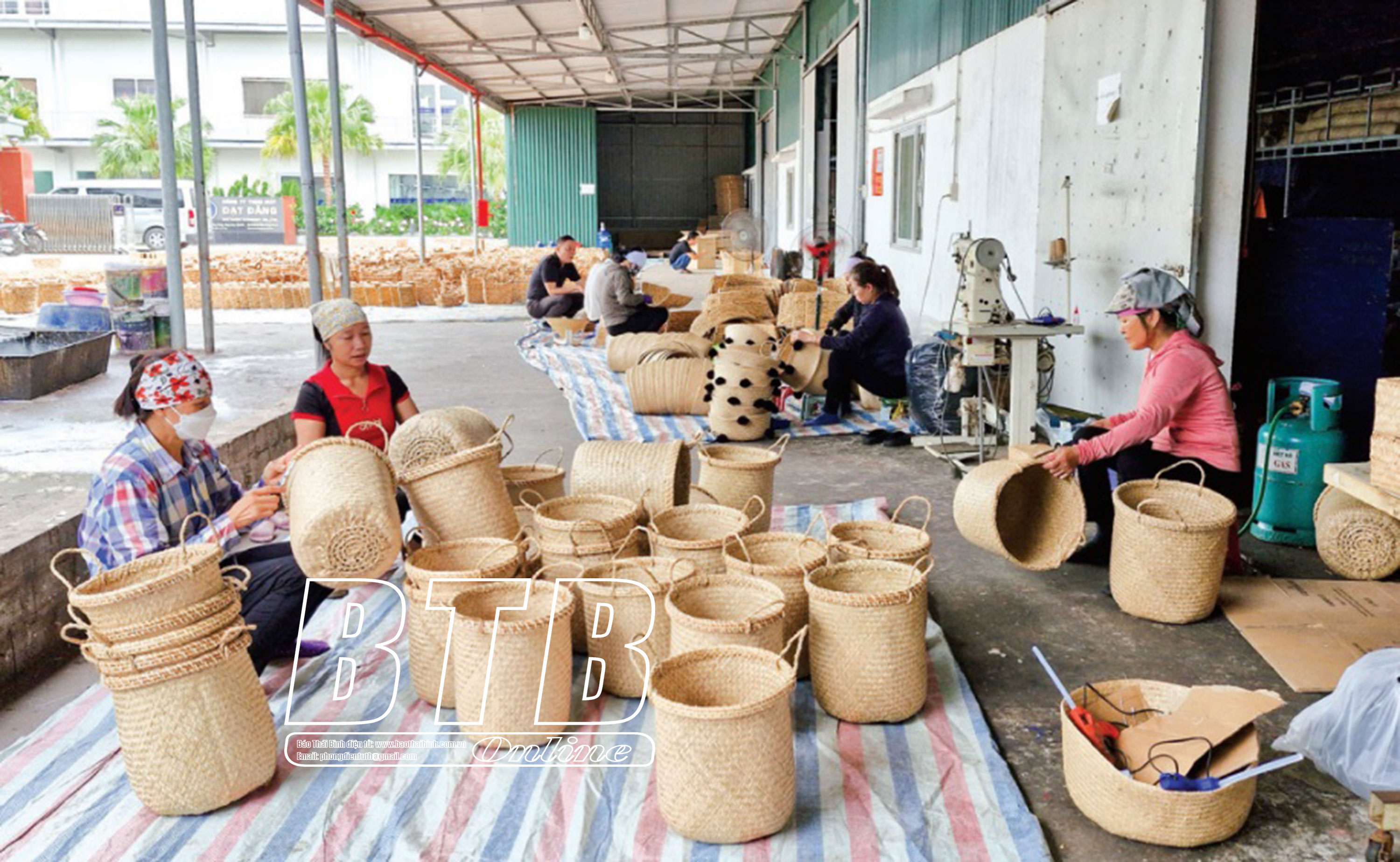
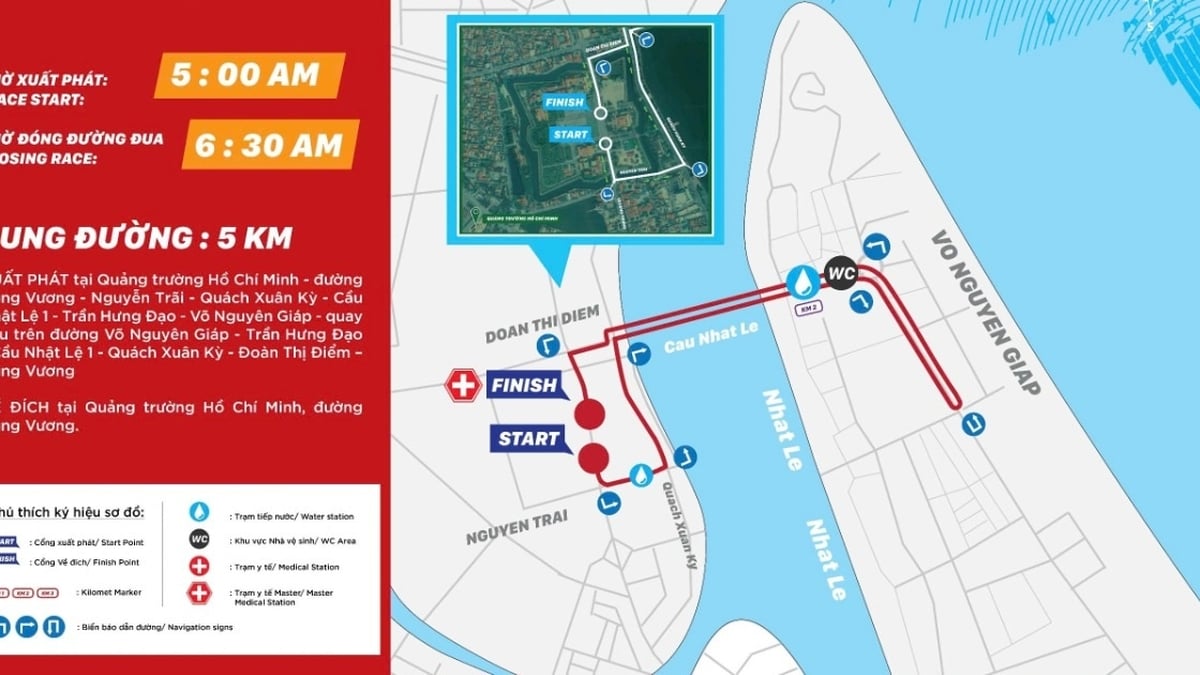


![[INFOGRAPHIC] Quantum Flip Agate: The first folding phone with feng shui stone](https://vphoto.vietnam.vn/thumb/1200x675/vietnam/resource/IMAGE/2025/7/28/810874d2267a418ab15b55c7a5e74f6b)
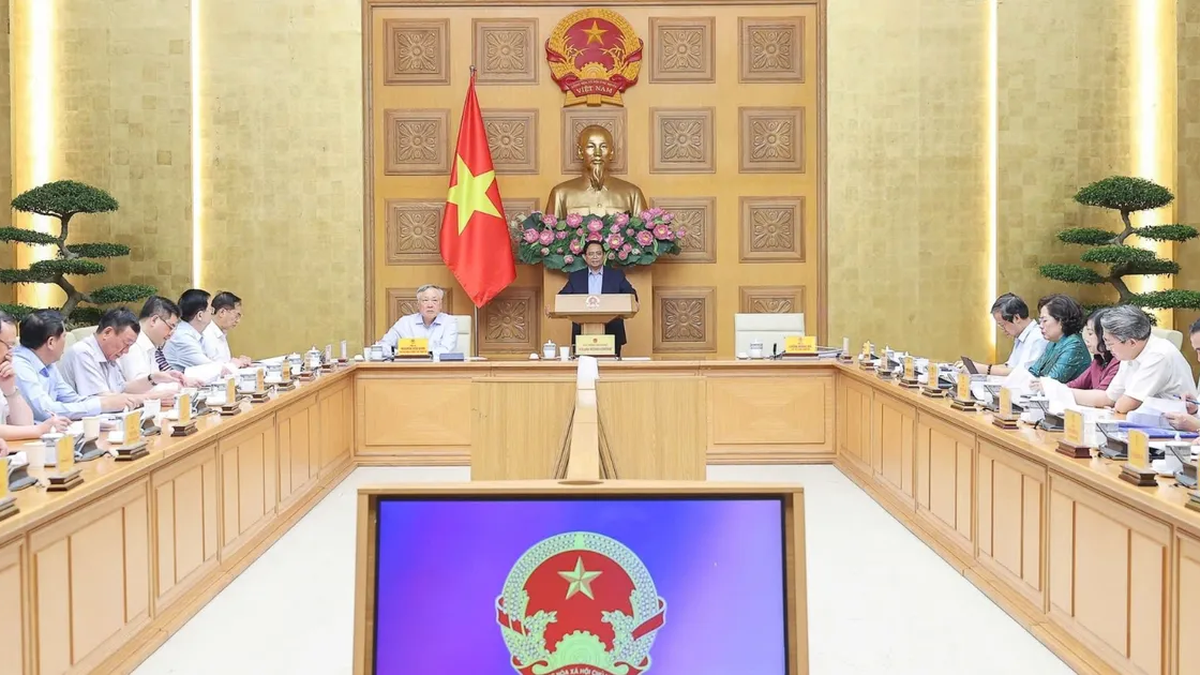

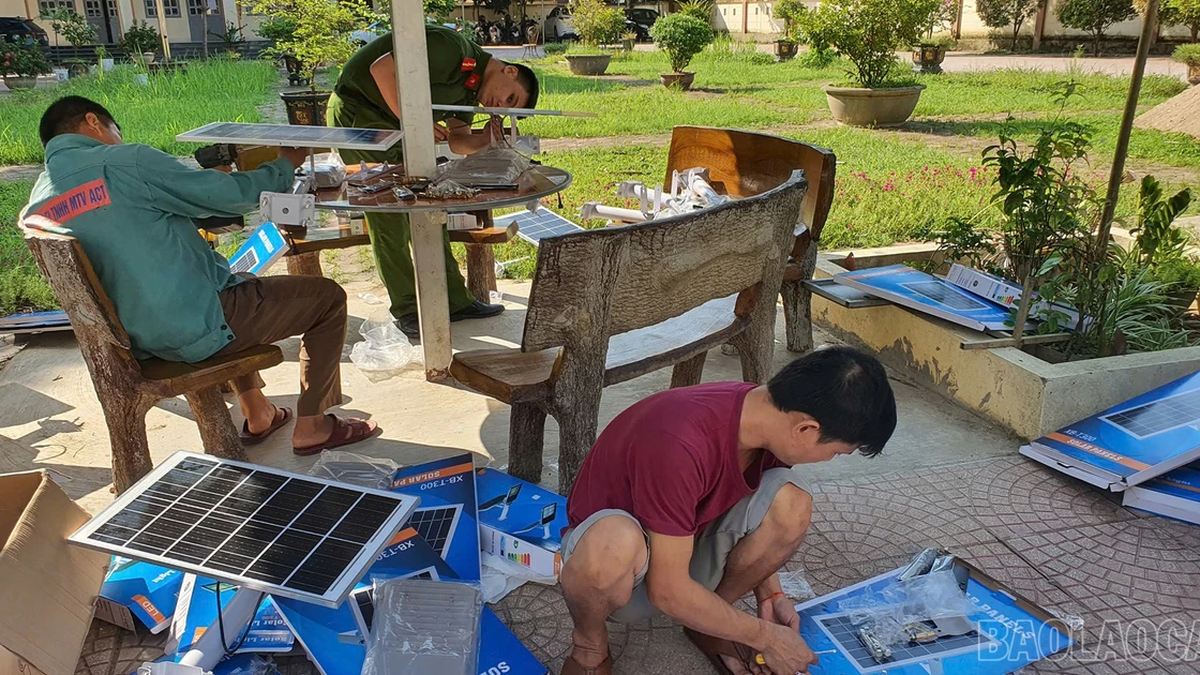
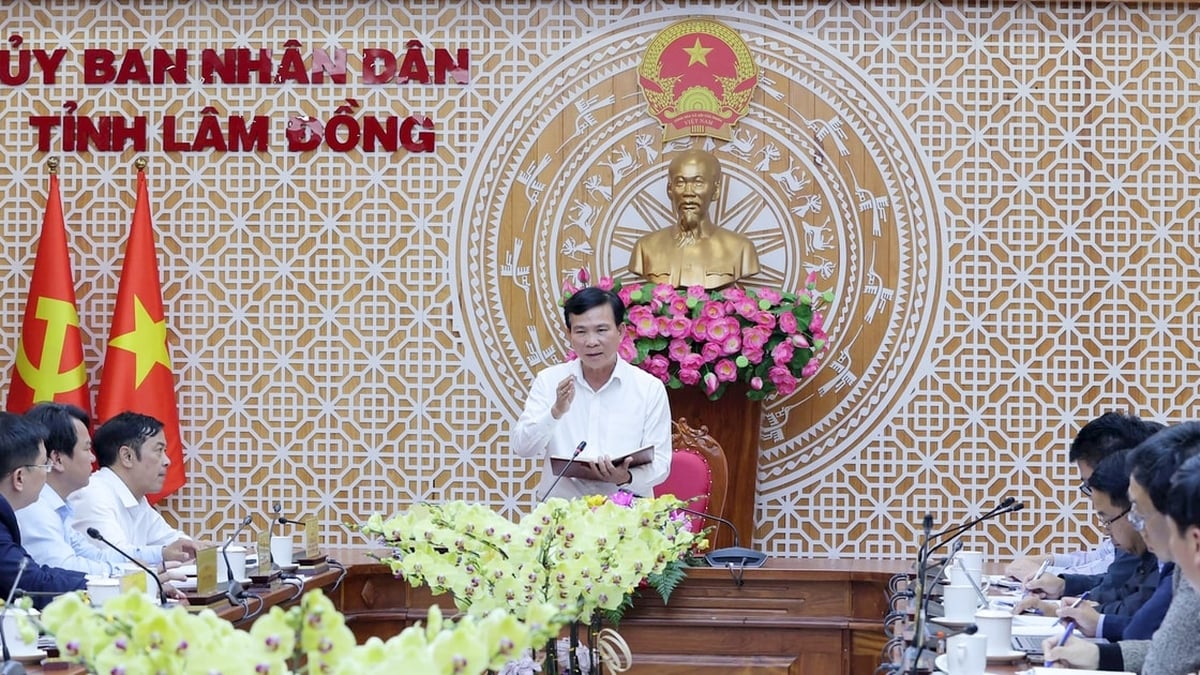
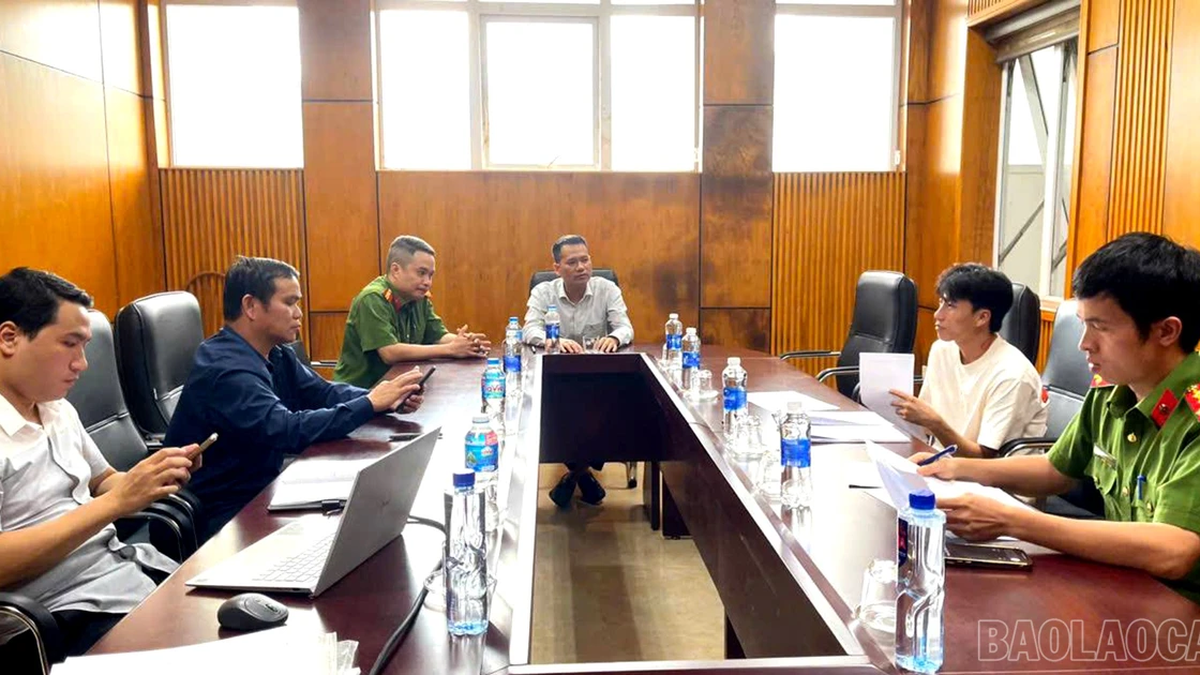












![[Photo] National Assembly Chairman attends the seminar "Building and operating an international financial center and recommendations for Vietnam"](https://vphoto.vietnam.vn/thumb/1200x675/vietnam/resource/IMAGE/2025/7/28/76393436936e457db31ec84433289f72)












































































Comment (0)